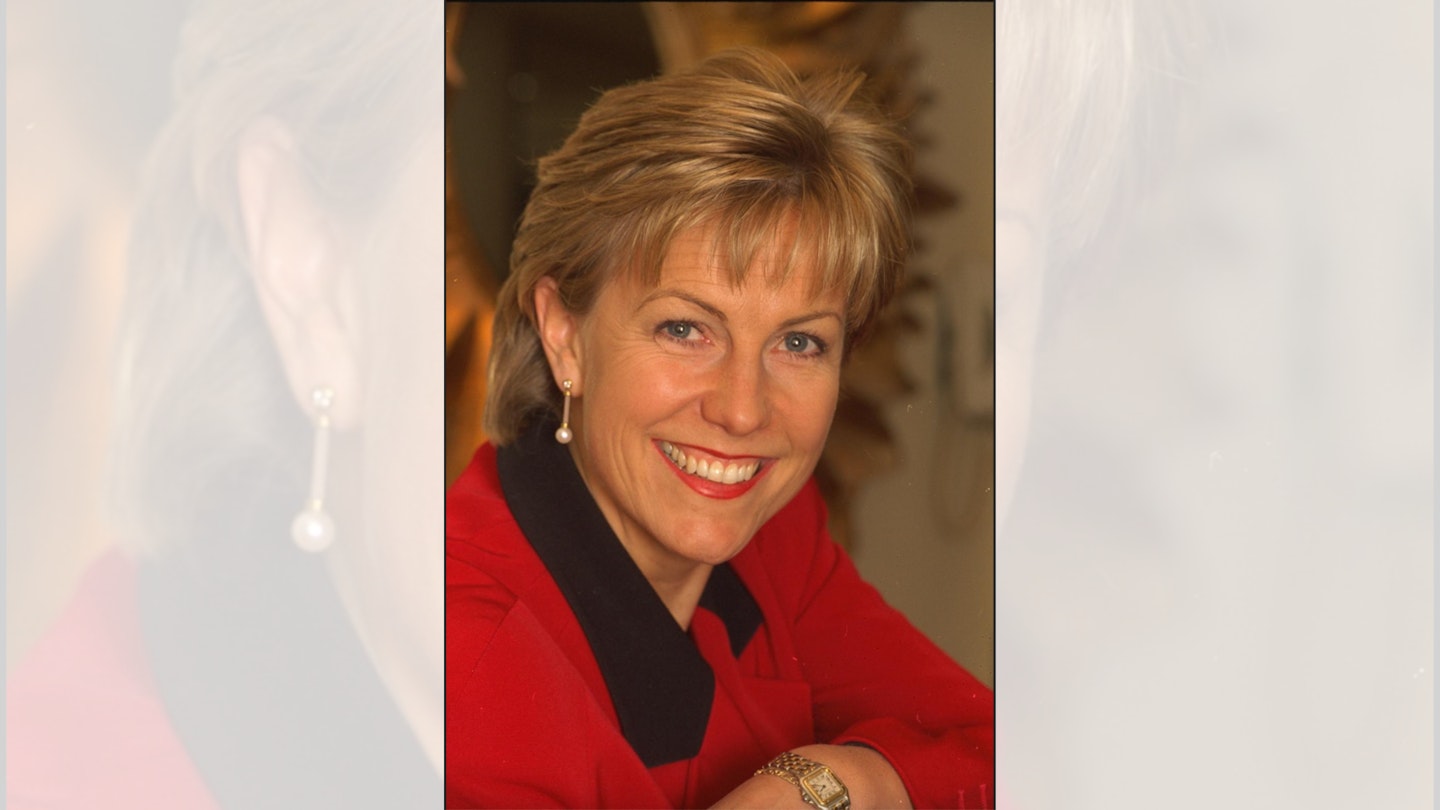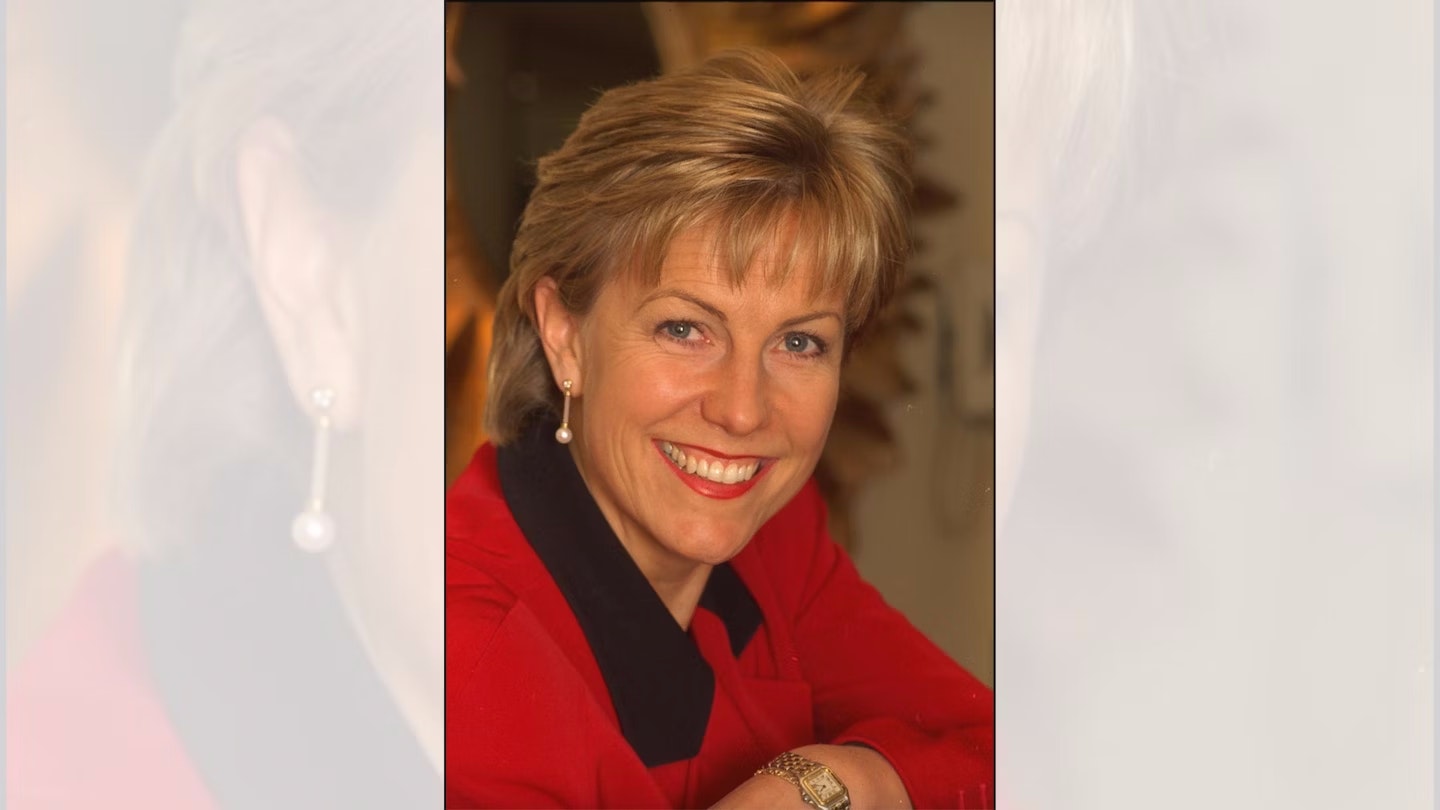
In 1999, TV presenter Jill Dando was shot in the head on her doorstep – and the killer still evades justice to this day. Now, a new Netflix three-part series aims to shed new light on the case…
When people switched on their TVs in the 90s’, there was one woman they’d be very likely to see - Jill Dando.
During her career, the much-loved journalist, TV presenter and newsreader hosted a variety of prime-time shows including the BBC news, Holiday and Crimewatch. She was renowned for her warmth and had a look reminiscent of Princess Diana.
By the beginning of 1999, Jill, then 37, was at the height of her career and engaged to a charming, handsome doctor, Alan Farthing, who she hoped to start a family with. The couple were about to exchange on a new home and their wedding was set to take place on 25 September, that year. However, Jill’s future was brutally cut short…
On the morning of 26 April 1999, Jill left Alan’s home in Chiswick, London and travelled alone in her car back to the house she owned in Fulham. At around 11:32am, Jill reached her front door where she was fatally shot once in the head at point blank range.
About 14 minutes later, her blood-soaked body was found on her doorstep by a passer-by, who called 999 - but paramedics couldn't save her. At 1:03pm, the beloved TV presenter was declared dead at Charing Cross Hospital.
As news of Jill Dando’s tragic death sent shockwaves through the nation, a hunt for her killer was underway. Unfortunately, the crime scene contained little forensic evidence as it been heavily contaminated due to resuscitation attempts on Jill.
A single bullet and its cartridge casing were found on the door-step to her home on Gowen Avenue, however no weapon was ever found. Whilst one neighbour reported hearing a woman scream, no one had heard a gun-shot or had seen what had happened.
A few key witnesses described an olive-skinned man with dark hair and a dark three-quarter length coat leaving the scene. Several people saw a heavily sweating man running across the street from the murder scene to a bus stop. A traffic warden reported she’d noticed a blue Range Rover parked illegally on Gowen Avenue, but as she started to write the ticket, the driver brushed her off and drove away.
Shortly after the murder, a blue Range Rover was caught on camera speeding down Fulham Palace Road. Four days later, police released a computer-generated picture of a tall, dark-haired man in his early 40s, who they were treating as their number-one suspect.
The case hinged on what the motive could be and why would anyone want to murder Jill Dando - the “Golden Girl” of TV. Those close to Jill were quickly eliminated as potential suspects, so detectives delved deeper into her professional life.

Jill’s work as a presenter of Crimewatch, helping to jail top criminals, was thought to have made her a possible target. The fact that no one had heard the gun-shot fuelled speculation that the weapon used may have had a silencer fitted and that the murder was a “professional job.” Could it have been an execution-style killing orchestrated by a vengeful mobster? Or possibly even a politically-motivated assassination?
Earlier in April 1999, Jill had fronted a BBC1 broadcast appealing for funds to help refugees fleeing the ethnic cleansing of Albanians by Serbian forces in the province of Kosovo. Three days before her murder, NATO bombed Radio Television Serbia and killed 16 members of staff.
The day after Jill’s murder, the BBC received a death threat purportedly from a Serbian terrorist group, who claimed responsibility for the murder of Jill Dando.
The call was taken very seriously by police, who heightened security at the BBC, however the possible Serbian link to Jill’s murder appeared to be either eventually dismissed or not followed up further. Other lines of inquiry – including the blue Range Rover – also seemed to go nowhere and with no immediate prospect of an arrest, detectives were increasingly under pressure to come up with a result.
After extensive examination of CCTV footage, police had found no evidence that anyone had been following Jill in the weeks leading up to her death. However, one theory was that she’d been killed by a crazed fan.
After speaking to more than 2,500 people and taking more than 1,000 statements, the Metropolitan Police focused their attention on a man called Barry George, who lived a few streets away from Jill's home. George had learning difficulties and had a history of stalking women, sexual offences and other antisocial and attention-seeking behaviour.
On one occasion in the early 1980s, he was found hiding in the bushes at Kensington Palace, wearing khaki, carrying a knife and a length of rope. When police searched George’s flat, they found many photographs of local women, and four copies of the Jill Dando memorial issue of the BBC’s in-house magazine, Ariel.
They also found a photo of a man dressed menacingly in a leather jacket and gas mask, with a blank-firing pistol in hand. When questioned by detectives, George initially denied it was him in the picture, but changed his story when detectives revealed it had been taken from his home. Although George did not have a firearm among his possessions, police did find a holster for a pistol along with handwritten lists of blank firing weapons.
His overcoat was tested by forensics and a single particle of firearms residue - no bigger than one hundredth of a millimetre - was found in the inside coat pocket. Tests allegedly later showed it to be of the same type that would be fired by the type of gun that was suspected to have killed Jill Dando.
The evidence led police to arrest George on suspicion of murder although he insisted that he had no idea who Jill Dando was, nor where she lived until she was killed. This claim was not believed by police and George, then 40, was charged with her murder on 28 May 2000. Following an eight-week trial, he was found guilty and convicted to life imprisonment in July 2001.
However, doubt was quickly cast on the firearms discharge residue as reliable evidence with some critics saying there may have been another source of contamination. In 2008, George was acquitted at a retrial after his initial conviction was quashed.
His barrister, William Clegg QC, told the jury that George was incapable of committing such a “meticulously planned, carefully prepared and successfully executed [murder] by a coldblooded killer”.
There have been no other arrests made since his release and theories of the Serbian connection or an organised-crime execution have been repeatedly made over the years, but never proven. Other conspiracy theories include Jill being killed in a case of mistaken identity, assassinated by an IRA hit-squad or that she was about to expose a VIP paedophile ring on Crimewatch. The BBC denied having seen any of this evidence.
But now, with the release of a new Netflix documentary, there is fresh hope that Jill’s killer will be caught. Jill’s brother Nigel, who features in the series, said, “My hope is that the publicity will bring forward someone with new information who can bring Jill's killer to justice.”
Nigel’s longing for justice was recently reinforced by Loose Women presenter Jane Moore, who also appears in the documentary and worked at the BBC at the time of Jill’s killing. Jane said, “Here we are 24 years on and still nobody has the answer to the question [of who did this].” She added, “Her brother feels that this could help bring somebody forward that might know something. It’s happened with other documentaries where it just triggers a memory, or people’s circumstances change or suddenly decide they will come forward with a piece of information and that is what he is hoping that this documentary will bring.”
The Netflix documentary series Who Killed Jill Dando? is available to watch on Netflix now
